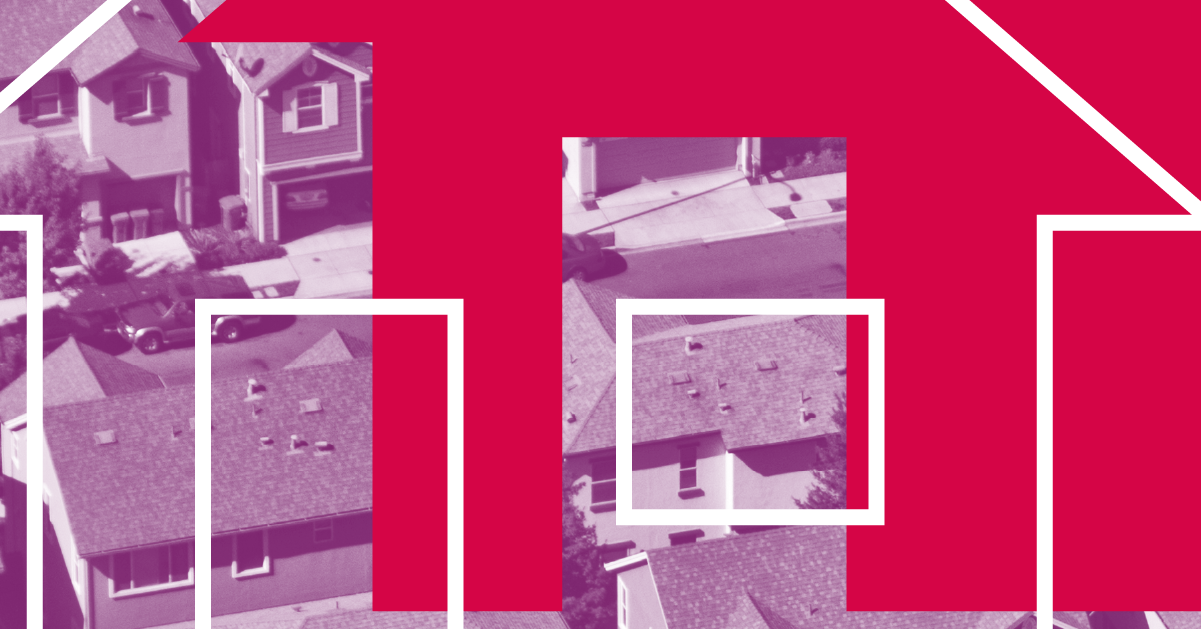
Yesterday, we discussed why the fees you pay for your funds can make a big difference – especially in the long run when it comes to returns. But your ETFs and mutual funds have a few other factors, like asset class and the choice between active and passive management. But investors shouldn’t end their search there. There are themes and sustainability factors to consider, as well as Morningstar research and ratings to help you choose a fund.
The Thematic Approach
Perhaps you’ve come across funds with eye-catching marketing copy, using terms like “big data”, “autonomous technology” or simply, “the future.” Indeed, these are exciting products that tell a great story, quite possibly giving you exposure to the next big trend. However, our research tells a very different story:

Read the full report here.
What our data shows is that the likelihood of these types of products surviving let alone outperforming a broad stock market index is extremely low. Over the past 15 years, more than three-fourths of thematic funds globally have shuttered and just one in 10 survived and outperformed.
Our colleague Ben Johnson puts it well. When you invest in a thematic fund, you’re making 3 bets: (1) that you’ve picked the right theme, (2) the stocks that fit that theme aren’t already fully valued and (3) that you’ve picked the right fund provider to execute investment in this theme. Though it’s true that the payout can be very high for these funds – the odds of success are very low.
The Sustainability Argument
Increasingly, investors are becoming aware of how their investments impact the planet and its people. To this end, some might choose a fund that invest using some form of sustainable approach. However, we remind readers that this is not a binary choice. There are many reasons and many ways that an investor can use sustainable investing approaches to reach their personal and financial goals. Here’s how Morningstar sees it:

Standards of identification in this area are developing quickly, but investors can certainly look to this framework to find a universe of funds that state they use one or more of these approaches in their regulatory documents.
Finally, the Ratings
Once you’ve narrowed down the category that you want to invest in, it’s time to do some detective work. As we can see above, the US equities category alone has 150 funds in it! Thankfully, Morningstar has you covered via two rating systems:
(1) The Morningstar Rating for Funds (also known as the ‘star’ rating) is an objective look back at how the fund has performed against its peers, on a risk-adjusted basis after fees. In other words, has this fund been a winner in the past? Though it is backward-looking, our data shows that 5-star funds, as a group, outperform 4-star funds, which outperform 3-star funds, etc., in periods after receiving the rating. In other words, good-performing funds will continue to perform well, and poor-performing funds will continue to perform poorly. With this in mind, we believe that the star rating on its own is an excellent starting point for further research.
(2) The Morningstar Quantitative Rating and Analyst Rating (also known as the ‘medalist’ rating) is Morningstar’s analysis of whether a fund will be able to produce excess returns after fees, in the future. We conduct this analysis via a research framework built from three pillars: (1) people (the quality and tenure of the management team), (2) parent (the general stewardship of the fund company), and (3) process (the robustness of the investment approach and resources available). We’ve found that these ratings have been directionally accurate we well. Our tracking shows that on aggregate, medalist-rated (gold/silver/bronze) funds indeed outperformed funds rated neutral or negative in multiple periods after receiving the rating.
In combination, the star rating (a look at the past) and the medalist ratings (our analysis of potential future performance) will help you narrow down your choices within a category. Investors who are also concerned about environmental, social, and governance risk within a portfolio can also look to Morningstar’s Sustainability Rating for Funds (also known as the globe rating).
This article does not constitute financial advice. Investors are encouraged to conduct their own independent research before buying or selling any security or investment product.




















